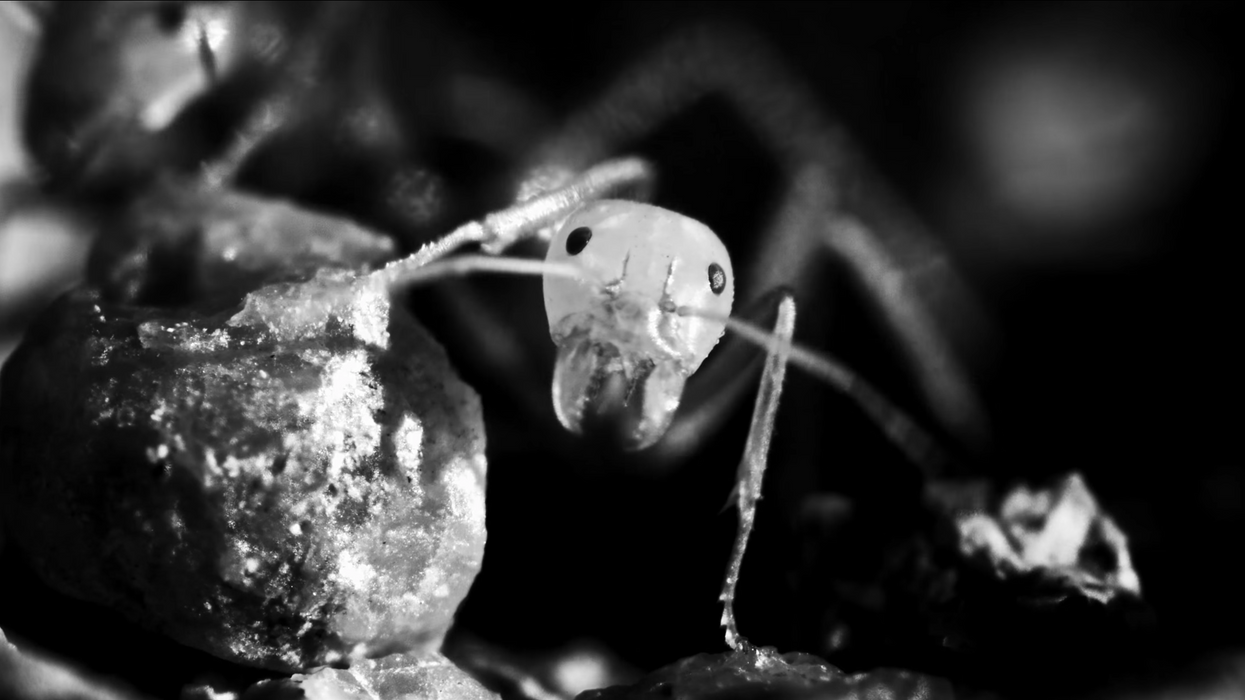You Can Now Watch the World's First Near-Infrared Feature—and it's Breathtaking
The new documentary Brindabellas takes near-infrared photography to new places.

Infrared photography has been part of cinematic storytelling for a long time, from the jungle sequences in SOY CUBA, to Hummer spots and the near death scene in Alexander, but as far as I can tell, Brindabellas, by Australian filmmaker Glen Ryan and Silver Dory Productions, is the first feature length project entirely shot with the near-infrared spectrum. The film, which Silver Dory describes as "stories from the edge of light," gives us a never-before-seen perspective on the stunning landscapes and wildlife of Australia's mountainous Canberra region.
Of course, Brindabellas' predecessors were shot on film, and came with tremendous challenges not just photographically but logistically. SOY CUBA used munitions testing film not manufactured for photography, and Paul Laufer (the Hummer DP) reported similar issues getting his hands on the stock from Kodak: they don't normally sell it to the public. With the release of digital cameras, near-IR photography has become somewhat more accessible. Earlier RED cameras were very IR-sensitive (to the point where many learned for the first time why ND filters with IR coverage built in were necessary), so simply using ND filters that didn't block IR would allow for IR photography, albeit at low light levels. Filmmakers compensated by shooting IR in time-lapse.
The Silvery Dory team worked with the newer Epic-X, which was also made available as a modified model without IR filtration on the optical low pass filter, allowing for shooting at more traditional light levels. Of course, that's just the beginning of the technical hurdles required to shoot in IR, since none of your other equipment is tested with IR in mind. Lenses that match perfectly in the visible spectrum might react very differently when dealing with IR, and no longer match at all. Filtration has the same set of issues, with IR not being the spectrum it was designed for, results can be inconsistent at best. Despite the hurdles, the results of Brindabella are breathtaking.
Overcoming the technical challenges to create shots of real beauty make the film's photography tremendously impressive. Executing with that level of complication for two years—to create a feature in a spectrum we can't see with our own eyes—takes a lot of perseverance, and the results speak for themselves. Check out the full film, now out on Vimeo.











